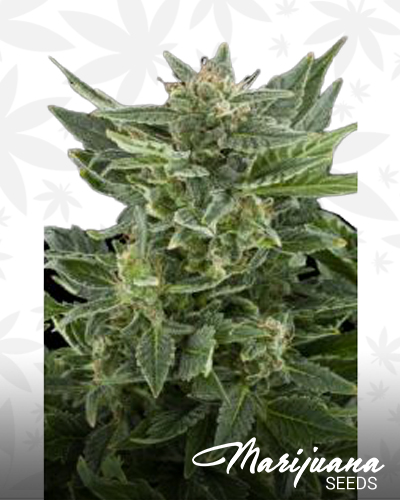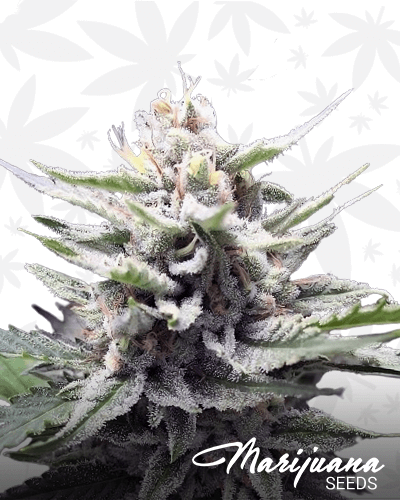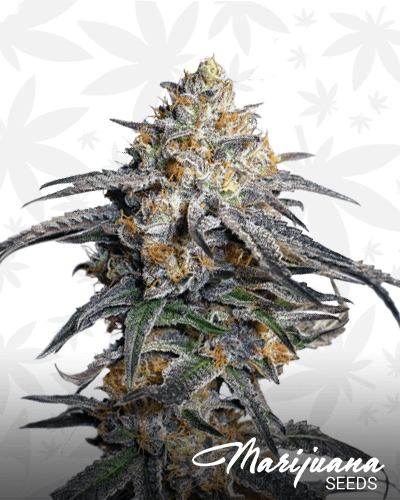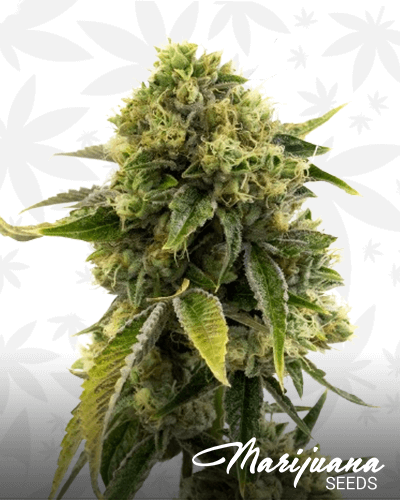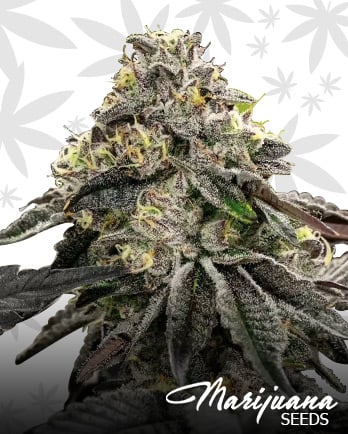Cloudy Sunwave Strain Information
Bred by Austrian Sunseeds, Cloudy Sunwave is a promising combination of Cloud 7 and Shirin Gol genetics. This genius fusion of genes spawned a plant with effects being led by its dominating sativa genes. The plant possesses a height just like its fellow sativa counterparts and emits a sweet and earthy aroma. It can be grown either indoors or outdoors.
What are the Flavor and Effects of Cloudy Sunwave?
Cloudy Sunwave is a delectable mix of Cloud 7 and Shirin Gol’s sweetness and spiciness of herbs with earthy and pungent undertones. The effect is indeed similar to seeing a ray of sunshine through a cloudy day when you have been planning to go outdoors but worrying about the rain that might ruin it. It hits really strong in no time. The high clears the mind to achieve the ultimate focus and concentration. This is followed by a relaxation of tensed and painful muscles. It leaves the user in a state of happiness that seems to have no end. It will make you talk for hours on end, adding plus points to your social skills and productivity.
What are the medical benefits of Cloudy Sunwave?
The focus and concentration of Cloudy Sunwave can induce can help patients with ADD and ADHD. Its ability to remove stress and negative thoughts make it perfect for patients suffering from anxiety, depression, bipolar disorder, and even PTSD. It can also ease early symptoms of glaucoma and can induce hunger for those experiencing loss of appetite.
Negative Effects you Can Expect from Cloudy Sunwave
If smoked irresponsibly beyond one’s tolerance, Cloudy Sunwave can be the cause for feelings of anxiety, headache, migraine, paranoia, and dizziness. Due to its potency, having dry mouth and dry eyes are also common. This can easily be avoided by preparing water before you indulge in its goodness.
How to grow Cloudy Sunwave?
Cloudy Sunwave responds well to the Low-Stress Training technique and the Screen of Green method (SCROG). Lollippoping is recommended. It loves organic fertilizer but it hates overfeeding. It can cause a nutrient burn. Day temperature should be around 73 to 84 degrees Fahrenheit, while night should be around 70 degrees Fahrenheit.



